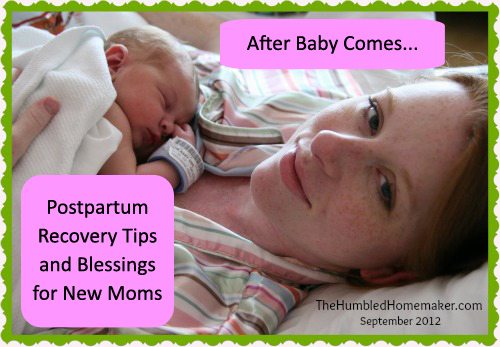This entry was posted in 10 Helpful Hints for Pregnancy Labor and Postpartum by Deb . Bookmark the permalink . ,,,,,,,
Please enjoy this list of 10 healthful hints for pregnancy, labor and postpartum. Much of this information is gathered from friends, students, hands-on experience, mentors and teachers. I strongly believe in learning from others, so please feel free to pass this along to all your friends!
1. Olive Oil on Baby’s Bottom to Prevent the Meconium From Sticking
Vanessa, one of my recent doula clients, enlightened me to this brilliant idea. Right after your baby is born, take a few drops of olive oil and rub it onto the baby’s bottom. When your baby passes the meconium (your baby’s first poop), this dark, tar-like substance will be easy to wash off.
2. Arnica Helps Heal Tears of the Perineum After Labor
With the pellets, the you can put 2-3 in your peri bottle before you fill it with water, and use that solution when you pee. You can also take it orally (2 pellets) whenever you remember to. Try to avoid taking it around meals or touching the pellets with your hands. As you start to feel better you will naturally start taking it less often. Any dosage you can get will be helpful, but I think the stronger the better for this.
3. “The Midwive’s Pitocin”
4. Hard Candy to Help Boost You During Labor
5 Apple Cider Vinegar for Acid Reflux Midwifery Today Winter 2007)
6. Cold Maxi-Pads with Witchhazel, Lavender and Vaseline
One of my students recently passed on the idea of smearing some Vaseline on the pad to prevent any stitches you might have needed from sticking to the pad.
7. Breastmilk for Cracked Nipples
8. EAT YOUR GREENS!!! moving along !
These dark greens are also rich in vitamin K. Insufficient Vitamin K can contribute to postpartum hemorrhaging.
Coconut water is also a natural diuretic, which will help prevent urinary tract infections as well as relieve constipation.
10. Check Out the Wonders of Nettles: A Safe, Wonderful Herb for Pregnancy and After Holistic Midwifery , Anne Frye) And the benefits are bountiful!
*Vitamins A, C, D and K, calcium, potassium, phosphorous, iron and sulphur are particularly abundant in nettles.
*Increasing fertility in women and men.
* Nourishing mother and fetus.
* Easing leg cramps and other spasms.
* Diminishing pain during and after birth. The high calcium content, which is readily assimilated, helps diminish muscle pains in the uterus, in the legs and elsewhere.
* Preventing hemorrhage after birth. Nettle is a superb source of vitamin K, and increases available hemoglobin, both of which decrease the likelihood of postpartum hemorrhage. Fresh Nettle Juice, in teaspoon doses, slows postpartum bleeding.
* Reducing hemorrhoids. Nettle’s mild astringency and general nourishing action tightens and strengthens blood vessels, helps maintain arterial elasticity and improves venous resilience.
* Increasing the richness and amount of breast milk. Wise Woman Herbal for the Childbearing Year by Susun Weed
